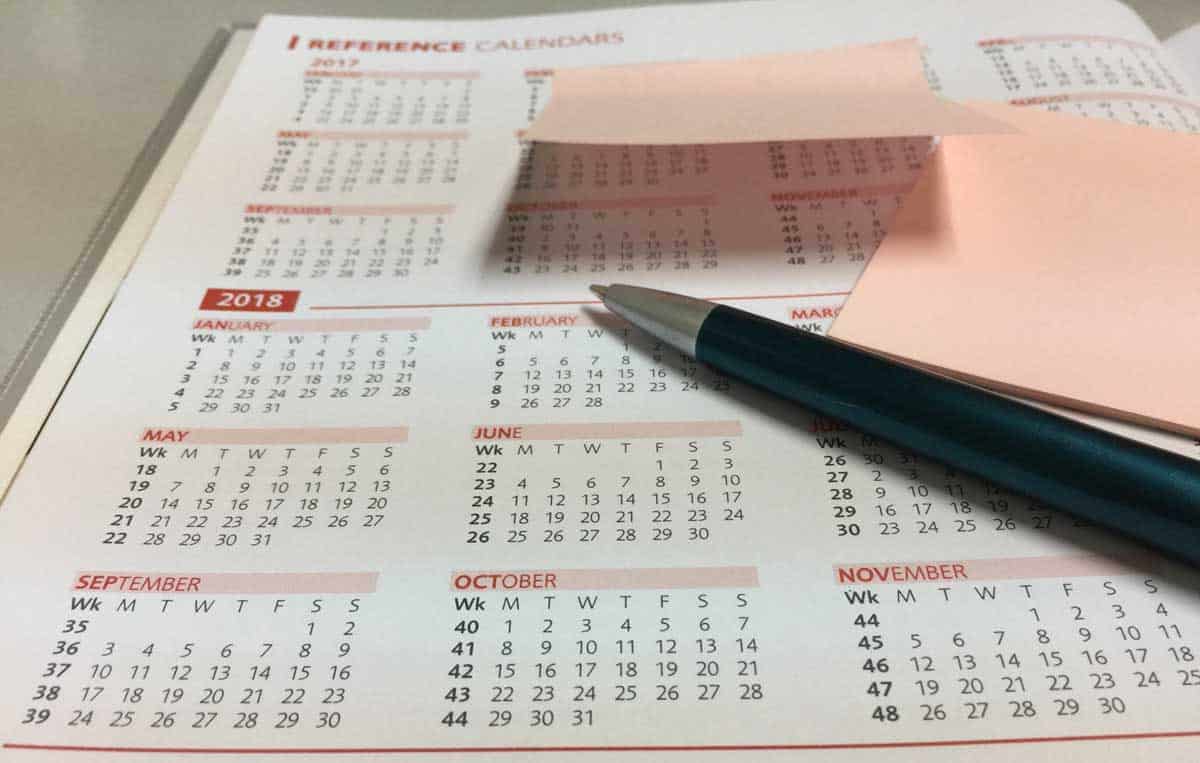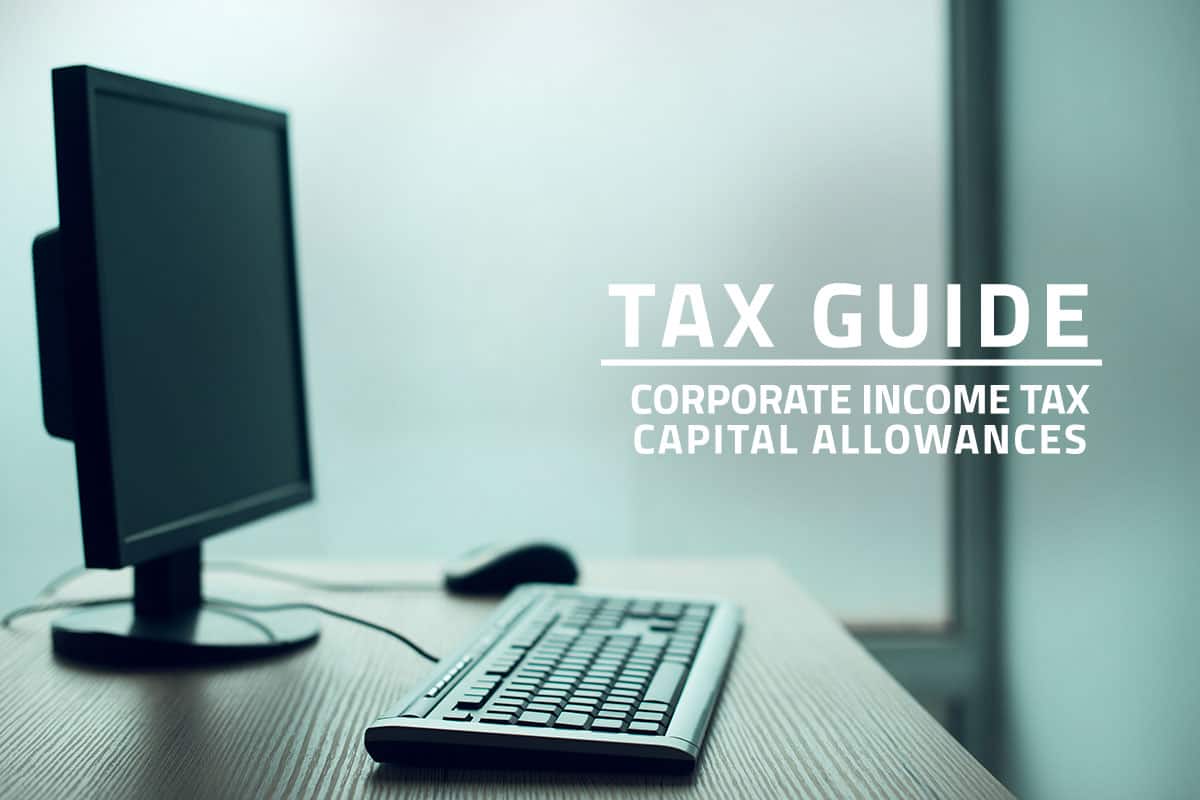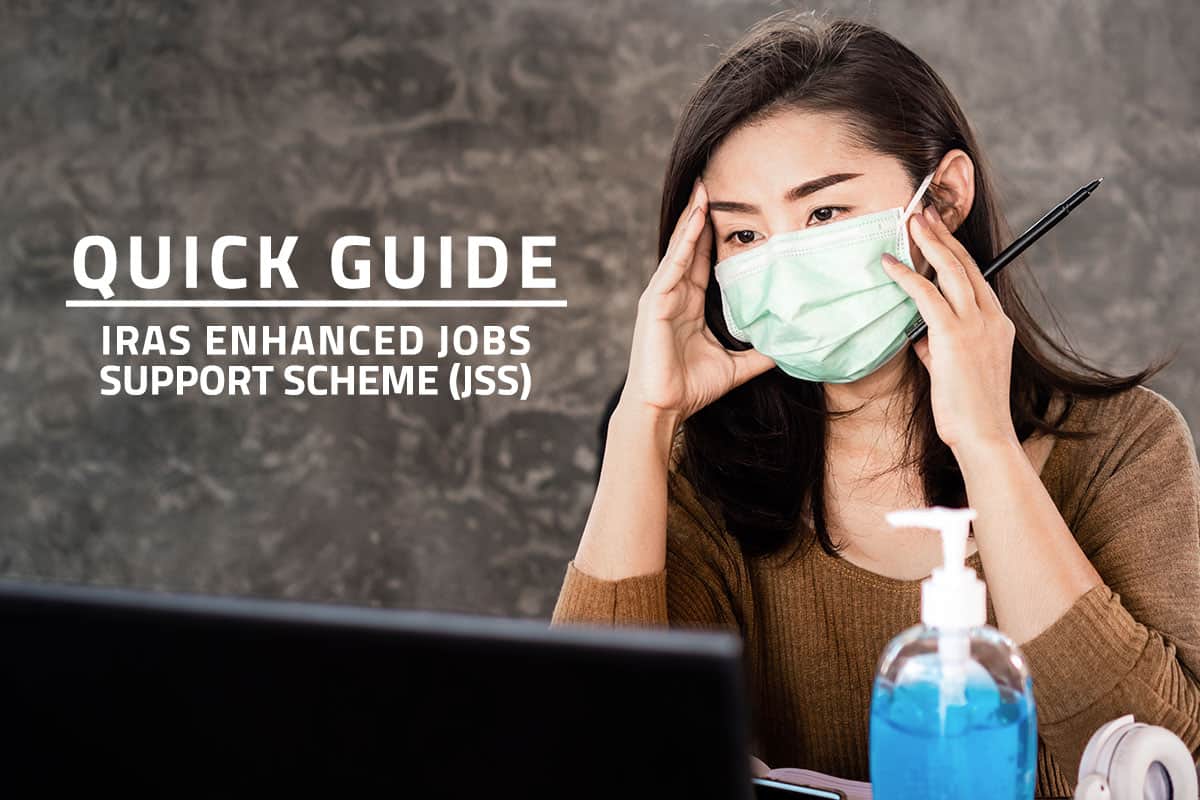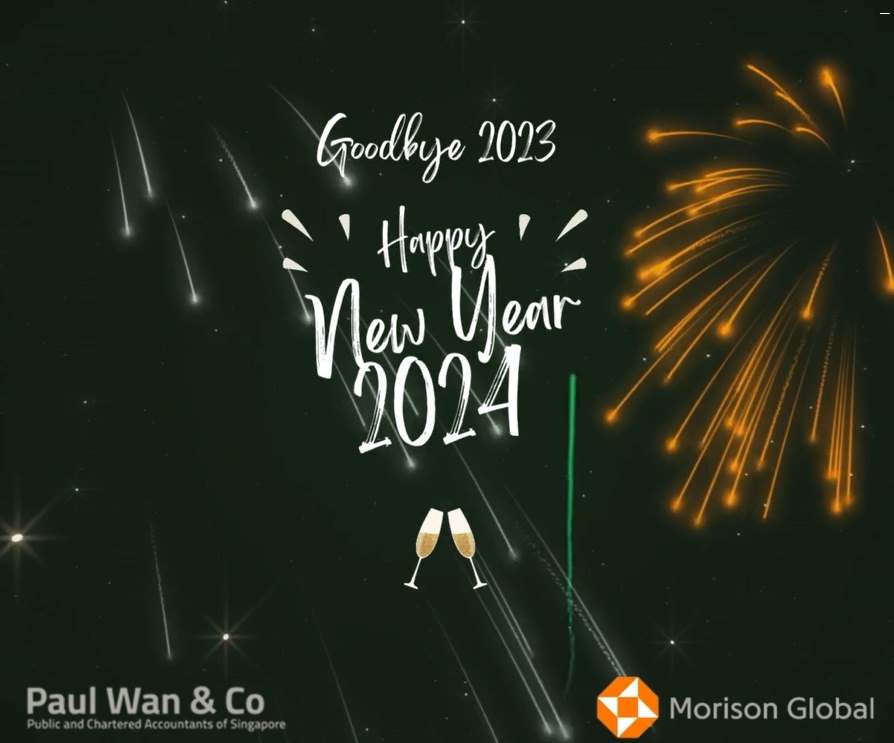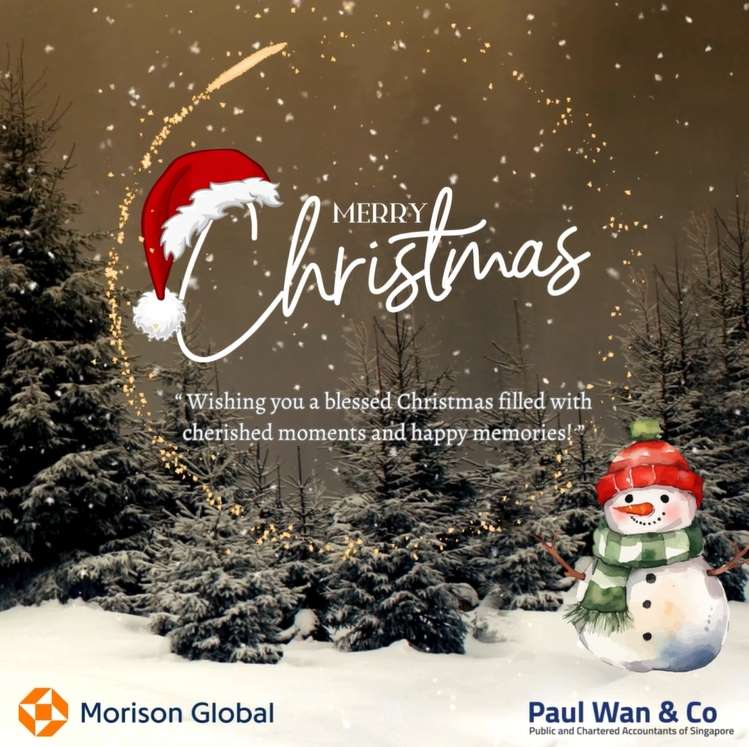By Singaporean law, individuals (employees or sole proprietors) and companies are required to file their annual income tax returns to the Inland Revenue Authority of Singapore (IRAS).
What is Year of Assessment (YA)?
The IRAS defines Year of Assessment as the year income tax is computed, filed to tax authorities and tax bills are settled. This assessment is for chargeable income earned in the previous year. For instance, Year of Assessment 2019 (YA 2019) is where income earned for the period of 1 January 2018 to 31 December 2018 is taken for tax.
What is a Basis Period?
Another closely related tax term, the Basis Period, refers to the period where income is earned for the Year of Assessment. Going back to the YA 2019 example, the corresponding basis period would be 1 January 2018 to 31 December 2018.
What is the coverage of a Basis Period?
- For individuals deriving employment income: the basis period would always cover the full calendar period from 1st January to 31st December.
- For business income earned by companies or sole proprietors: the basis period would depend on the financial year-end.
Companies may choose to close their accounts annually on months ending 31st January, 30th June or any other month ends other than 31st December. Generally, the basis period would cover a 12-month period immediately before the Year of Assessment.
For example, an existing company that has been preparing financial statements for months ending on the 30th of June will have a corresponding basis period covering 1 July 2017 to 30 June 2018 for YA2019 tax filing.
Typically, for newly incorporated companies, the first set of accounts may cover a shorter or longer period than 12 months due to administrative cost savings. In cases like these, the start of the financial period is when the business has commenced operations and income is earned.
For example, a company may close its first set of financial statements covering a period from 15 May 2017 to 30 September 2018. In this case, the company’s financial period will be divided into 2 basis periods: first , for YA 2018 covering the period of 15 May 2017 to 30 September 2017 and the second for YA 2019 covering the period of 1 October 2017 to 30 September 2018.
Per IRAS guidelines, the relevant income and expenses should be directly identified and allocated for the relevant basis periods based on the actual dates of incurrence. Time apportionment is allowed if they are not directly identifiable based on the number of days for the relevant YA. For example, if total revenue earned from 15 May 2017 to 30 September 2018 is SGD100,000, the income earned for YA 2018 would be SGD27,579 (SGD100,000 x 139/504) while the income earned for YA 2019 would amount to SGD72,421 (SGD100,000 x 365/504).
In conclusion, determining the Years of Assessment and calculating for income allocation may seem daunting individuals and companies unfamiliar with the relevant tax policies and legislations in Singapore. When in doubt, it is best to seek a professional tax consultant’s services for peace of mind.
Related Posts
Tax Guide: Singapore Capital Allowances
By law, all Singapore Companies are required to file annual income tax returns to the…
Quick Guide: IAS 20 – Accounting for Government Grants
This year, the COVID-19 crisis has adversely impacted the global economy. Singapore is no exemption,…
Singapore Guide: ISCA FRB 6 – Accounting for Jobs Support Scheme
This year, the COVID-19 pandemic has inevitably adversely impacted the global economy. Singapore companies and…
Quick Guide: Singapore’s Enhanced Jobs Support Scheme (JSS)
The Singaporean government launched the Jobs Support Scheme (JSS) in late April as part of…



